Ideally, an Administrator should have permission to access all files and folders on a system. However, at times, when accessing security settings or attempting to view the properties of a file, Windows administrator users have reported seeing the error – You do not have permission to view this object’s security properties, even as an administrative user. Why does this occur and what can you do about it?
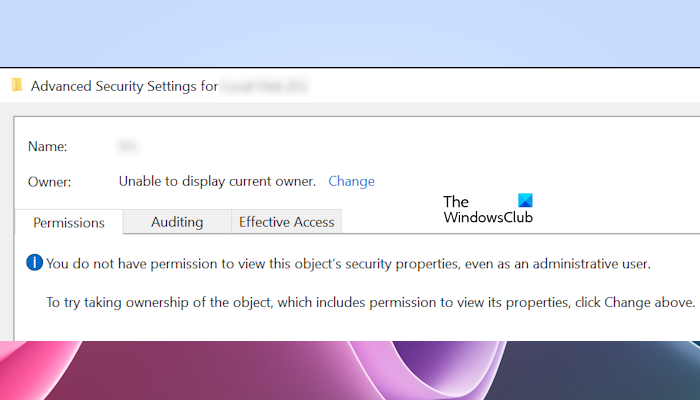
You do not have permission to view this object’s security properties
There could be many causes responsible for the “You do not have permission to view this object’s security properties” error on a Windows PC. Some of them are as follows:
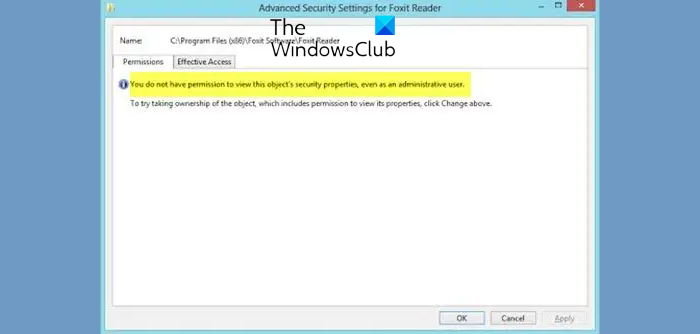
- A service or program might be using the file or folder simultaneously, thus preventing your access to the system.
- The file might have been owned by a user account that does not exist anymore.
- You might not have permission to view the target file or folder, despite being the administrator.
- A virus or malware might have caused changes to the file or folder in question, thus causing the problem.
Here’s what you can do to resolve the issue. Before you begin, make sure you are signed in as administrator.
- Run a full system anti-virus and anti-malware scan
- Troubleshoot in a Clean Boot state
- Boot the system in Safe Mode and add another user with full control
- Take ownership of the file
- Sign in using the hidden super administrator account
Below, we have explained all these fixes in detail.
1] Run a full system anti-virus and anti-malware scan
In case the issue is caused by a virus or malware, try running a full system anti-virus and anti-malware scan to isolate this possibility. It would also be advisable to uninstall any recently installed suspicious freeware from the system.

There are many free antivirus programs available on the internet that offer good security features. You can install and use any of them.
2] Troubleshoot in a Clean Boot state
Start your system in the Clean Boot state and see if you can view the Properties and if it makes your problem go away. If the problem does not persist in the Clean Boot state, a background startup application or third-party service is causing this problem. Therefore, it is necessary to identify that problematic third-party application or service because the same problem can also occur with other files and folders in the future.
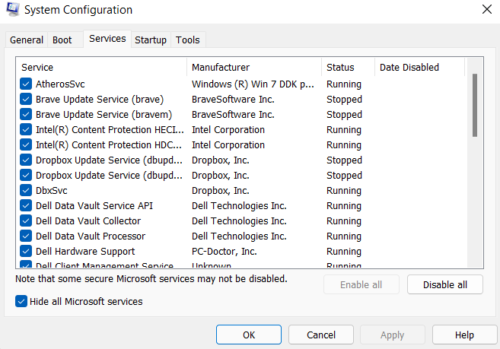
To find the culprit third-party application or service, enable some of the startup apps and restart your system. Now, see if you can access that file or folder, or get the same error message. If the error does not occur, enable the next batch of applications and try again. This will help you identify the problematic application.
Follow the same steps to identify the problematic third-party service. This time you have to use the MSConfig application.
3] Boot the system in Safe Mode and add another user with full control
If the folder was created or owned by a user account that is either deleted or inactive now, you could try the following steps:
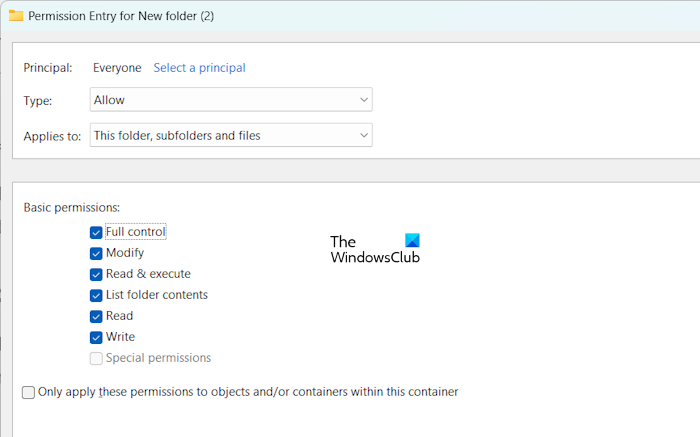
- Boot Windows in Safe Mode. Now right-click on the troublesome file or folder and select Properties.
- In the Security tab, select Advanced.
- Click on Add.
- In the next window, click on Select a Principal.
- In the box “Enter the object name to select,” type the name of the user to whom you wish to give permission.
- Click Check Names. This would resolve the user name. If the user name is not available, you will receive an error. Therefore, make sure that the username you type is correct. Alternatively, you can click on the Advanced button and then click on the Find Now button. This will display all the available user names. Now, select the user name from the list and click OK.
- Click on OK to save the settings. This would close the window and take you back to the previous window (the Permission Entry one).
- Change the Type to Allow from the drop-down menu and select the checkbox corresponding to Full Control.
- Click on OK to save the settings and restart the system in normal mode.
If adding your user name with full control does not work, repeat the same steps, add Everyone as a new user, and allow Full Control to it. This should work.
4] Take ownership of the file
Another way to resolve the issue is to take ownership and force the system into giving permissions to the Administrator.
Search for Command Prompt in the Windows Search bar. Right-click on the option and select Run as Administrator.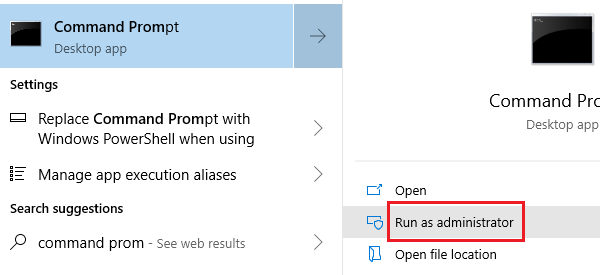
Type the following command and press Enter to execute it:
TAKEOWN /F <path>

Where <path> is the path/location of the file as in File Explorer.
Now type the following command and press Enter to execute it:
ICACLS <path> /grant administrators:F

Again <path> is the file location.
Restart the system, and the Administrator will have access to the file/folder.
5] Sign in using the hidden super administrator account
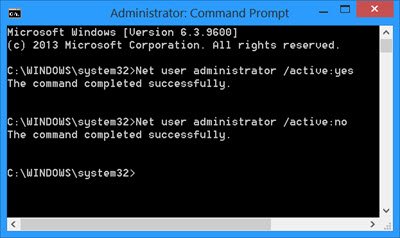
Activate the hidden super administrator account, then log in using that account and see if that works.
TIP: Ultimate Windows Tweaker will let you add the Take Ownership of Files and Folders easily to the Windows context menu.
Hope this helps!
Read: You must have Read permissions to view the properties of this object
How to read permissions to view the properties of this object?
To read permissions and view the properties of an object, ensure you have the necessary administrative and access rights. If you encounter any error message check your user permissions, verify the object’s permissions, and ensure you are accessing the correct object. This will help you troubleshoot and resolve the issue quickly.
Does write permission allow delete?
Yes, files or files with the Write permission can be deleted from your system. I tested this on my computer by creating a new folder and removing all permissions for all the users except the Write permission. After that, I was able to delete it. However, I received the message while deleting that folder, “You’ll need to provide administrator permission to delete this folder.” Hence, it means you should be signed in as an administrator.
Read next: Failed to enumerate objects in the container, Access is denied.
Leave a Reply